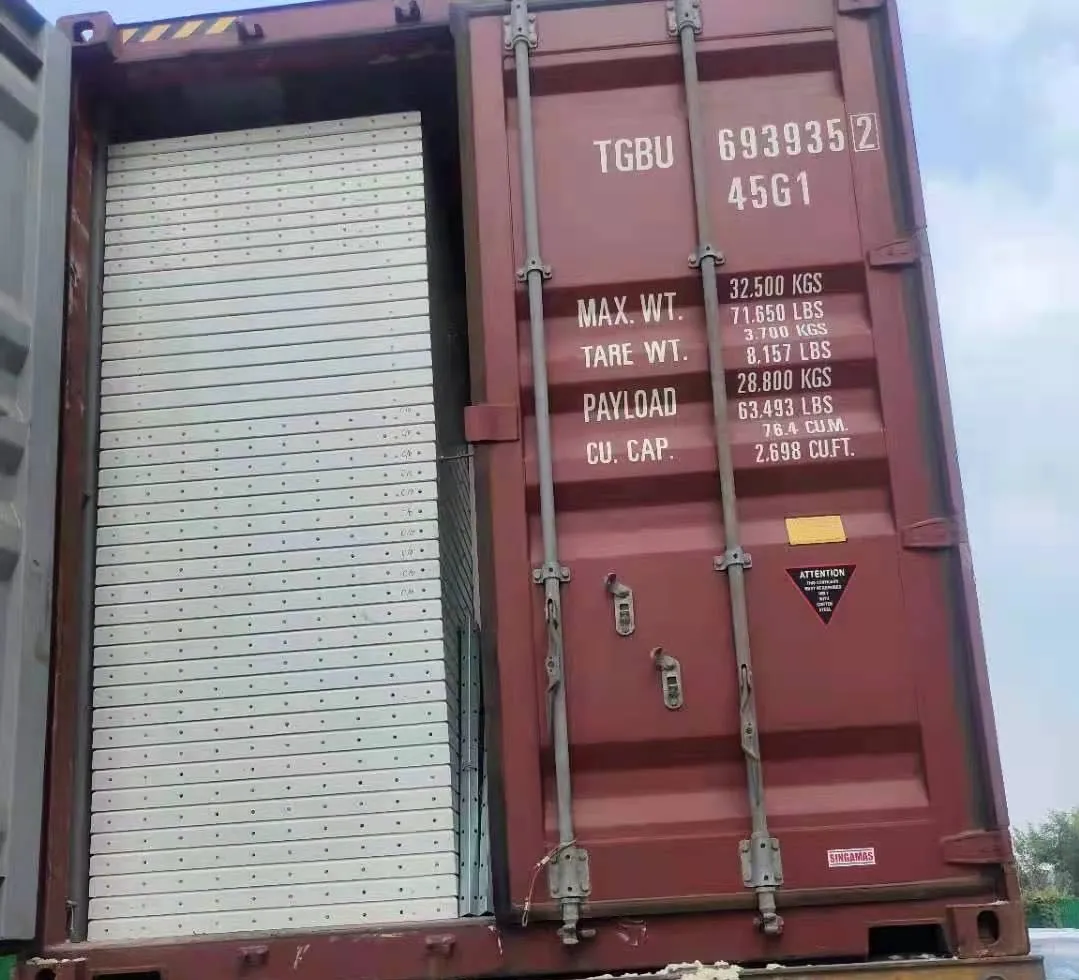loading...
- No. 9, Xingyuan South Street, Dongwaihuan Road, Zaoqiang County, Hengshui, Hebei, China
- admin@zjcomposites.com
- +86 15097380338
- Welcome to visit our website!
molded fiberglass grating
Molded Fiberglass Grating An Overview
Molded fiberglass grating has gained significant popularity in various industries due to its remarkable strength, durability, and versatility. As a composite material primarily made from glass fibers and resin, molded fiberglass grating is engineered to withstand harsh conditions, making it an ideal choice for environments where traditional materials like steel or wood may fail.
One of the standout features of molded fiberglass grating is its resistance to corrosion. Unlike metal grating that can rust over time when exposed to moisture or chemical agents, fiberglass grating remains unaffected, ensuring long-lasting performance even in the most challenging settings. This corrosion resistance makes it particularly valuable in industries such as chemical processing, wastewater treatment, and marine applications, where exposure to corrosive substances is common.
Another significant advantage of molded fiberglass grating is its lightweight nature. While it offers comparable strength to steel, the lightweight properties enhance ease of installation and transportation. Workers can handle fiberglass grating without the need for heavy machinery, reducing labor costs and improving productivity. This lightweight characteristic does not compromise its load-bearing capabilities, as it can support substantial weights, making it suitable for walkways, platforms, and stair treads.
molded fiberglass grating

Safety is a paramount concern in any industrial setting, and molded fiberglass grating addresses this with its non-slip surface options. The texture of the grating can be customized to provide excellent traction, which is essential in areas where spills or moisture can present hazards. Additionally, the inherent properties of fiberglass make it electrically non-conductive, which is a crucial safety feature in environments where electrical hazards exist.
Molded fiberglass grating is also environmentally friendly. As a recyclable material, it contributes to sustainability efforts within various industries. Its long lifespan translates to reduced waste and lower replacement rates, making it a cost-effective choice in the long term. Furthermore, the manufacturing processes involved often lead to lower energy consumption compared to producing traditional grating materials.
In terms of design flexibility, molded fiberglass grating is available in various colors, patterns, and bar sizes, allowing customization to meet specific project requirements. This aesthetic versatility enables architects and engineers to incorporate it seamlessly into their designs while maintaining functionality.
In summary, molded fiberglass grating is a superior alternative to traditional grating materials, boasting corrosion resistance, lightweight properties, safety features, environmental advantages, and design versatility. As industries continue to seek reliable and sustainable solutions, molded fiberglass grating will remain a critical component in their infrastructure and safety strategies. Whether used for walkways, platforms, or other applications, its benefits are clear, setting a high standard in the world of industrial materials.
-
Transform Your Spaces with FRP Grating SolutionsNewsNov.04,2024
-
The Versatility and Strength of FRP RodsNewsNov.04,2024
-
The Excellence of Fiberglass Water TanksNewsNov.04,2024
-
The Benefits of FRP Grating for Your ProjectsNewsNov.04,2024
-
Elevate Your Efficiency with FRP Pressure VesselsNewsNov.04,2024
-
Welcome to the World of FRP Pressure VesselsNewsOct.12,2024
-
Unveiling the Future of Filtration: Why FRP Filter Vessels are a Game ChangerNewsOct.12,2024
